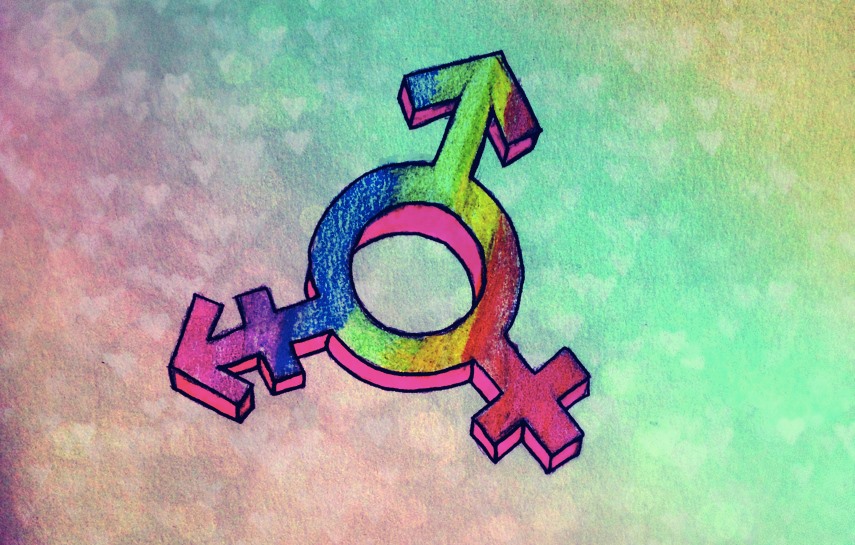As you’ve all probably heard, the Supreme Court of the United States recently declared gay marriage legal across the country, ruling state bans on equal marriage unconstitutional. The achievement of marriage equality in the U.S. is great news, and an important victory for the LGBTQ community. Gay couples are finally able to have their relationships recognized by the law, and the media has provided extensive coverage of their jubilant reaction since the decision was rendered at the end of June. At the same time, though, this type of coverage is a symptom of the widespread perception of marriage rights as the ultimate expression of LGBTQ equality, an approach that is blind to a host of other forms of discrimination aimed at the community.Trans people, for one, remain a target of extreme legal discrimination.
Mere months prior to the Supreme Court equal marriage decision, the Texas House of Representatives introduced a bill that would allow cisgender students to collect a fine of $2,000 from their school, if the school allows trans students to use the “wrong” bathroom. , This made Texas the fifth state to introduce this kind of transphobic legislation. Days later, Nevada introduced a similar bill to restrict trans students’ access to washrooms and locker rooms that coincide with their gender identities. Trans people are often denied healthcare coverage and prohibited from changing their gender markers on official documents to reflect their gender identities. Here in Canada – which prides itself on having recognized equal marriage years prior to the U.S. – a proposed federal bill to include gender identity as a prohibited ground of discrimination was amended in the Senate to bar trans people from public washrooms. Trans people have been fighting for their rights just as loud and clear as marriage equality activists; often, they have been the ones left behind.
While some activists may believe that the work is done, it is not.
Now as ever, the LGBTQ community and activists must fight for the basic rights of trans people. The recent U.S. Supreme Court decision recognized a constitutional right for people “to define and express their identity” – like state bans on equal marriage, discriminatory measures aimed at trans people infringe on that right. This is no time to leave the battle behind, blinded by the taste of success; rather, now is the time to redouble our efforts.
Of course, in doing so, we should be mindful of the historical trans-exclusiveness of our own activisms. As a recent example, consider the advocacy organization Human Rights Campaign (HRC), which was a major player in the push for marriage equality in the U.S.. While many people changed their Facebook profile pictures to equality signs as part of an HRC campaign in 2013, most did not know about or acknowledge that HRC had come under fire for silencing trans activists in their ranks. Activist groups composed of mostly white gay men have had their disruptive demonstrations praised, while Jennicet Gutiérrez, a trans woman of colour, was criticized for her interruption of Barack Obama’s recent White House Pride reception speech. This double standard cannot make for inclusive and effective activism.
While some activists may believe that the work is done, it is not. Trans people continue to face legal discrimination, and equal marriage activists owe the trans community their support. The LGBTQ community has a choice: will it amplify the voices of trans activists, or will it silence them?
Precilia Hanan is a 2nd year Psychology student. To reach her, please contact precilia.hanan@mail.mcgill.ca.

